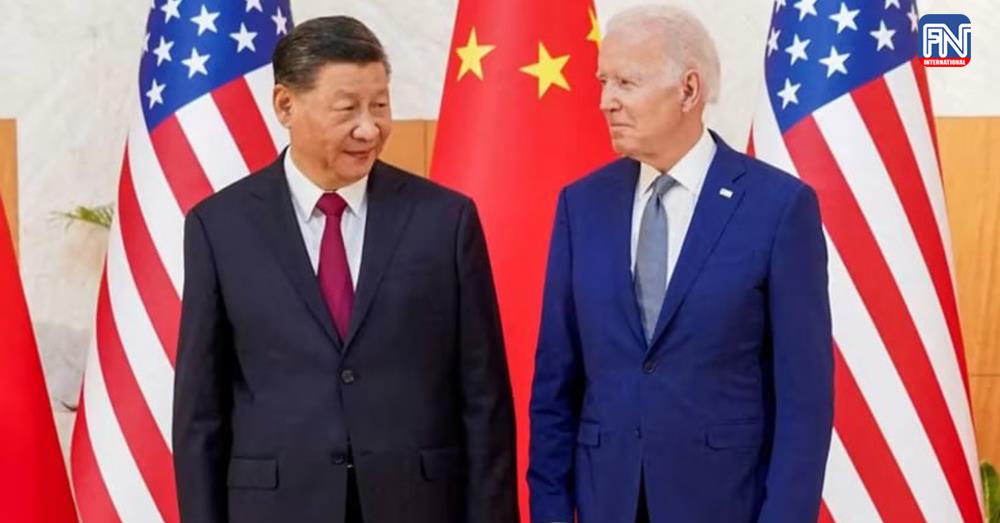BEIJING, April 21 (SCMP) - China has extended its influence in Southeast Asia over the United States in the past five years, according to a new measure by an Australian think-tank.
The US has continued to lose influence to China across four power measures – economic relationships, defence networks, diplomatic influence and cultural influence – since 2018, the benchmark year in the “Asia Power Snapshot: China and the United States in Southeast Asia” report by the Lowy Institute.
In 2018, China led the US 52-48 for influence in the region. In 2022, this lead increased to 54-46.
Such a measure of power was significant as patterns of influence formed part of the broad context in which Southeast Asian countries made their strategic choices, the report said.
Overall, China’s strength as a power in Southeast Asia lay in its diplomatic and economic relations, whereas the US was better in defence networks and cultural influences, it said.
China’s economic strength was well ahead. The US’ economic relationships were weaker than those of China in every country of Southeast Asia, the report said.
The US’ biggest loss in influence since 2018 was in Malaysia, by seven points, followed by Brunei and Indonesia at five points each.
Beijing’s influence remained the strongest in Cambodia, Laos and Myanmar where it retained a big lead over the US.
Washington was more influential in the Philippines and Singapore, although its lead was marginal for those two countries, at 52-48 and 51-49, respectively.
In comparison, Beijing’s influence in Laos for example, was 71-29 against Washington.
“Beijing’s influence is strongest in Laos, Cambodia and Myanmar, where geographical proximity and relatively weak US engagement have enabled China to outstrip Washington’s influence by large margins,” the report said, adding that China’s economic influence in these three countries defined its overall influence.
The trading relationships between Laos and Cambodia and Beijing, and the Belt and Road Initiative projects in these countries, grew China’s influence although slower infrastructure projects had dampened some of that influence, Lowy said.
China gained traction in Malaysia because of deeper defence and diplomatic relations. The same could be said for Indonesia.
In the five years, there had been more defence dialogues between China and Malaysia, as well as arms purchases, including Kuala Lumpur’s purchase of Chinese Littoral Mission Ships.
While the US was close to the Philippines, there had been a drop in its influence there since 2018 driven mainly by weaker economic transactions such as in trade and investments, the report said.
Earlier this year, the Philippines allowed the US to expand its military footprint by giving American troops access to four new military bases amid rising tensions with China in the South China Sea.
But in trade, the US’ relationship with the Philippines had weakened, for example, the US had become less important as a destination for Philippine exports.
“And China now invests a lot more than the United States does in the Philippines – a situation that is the reverse of 2018 when the United States was a much bigger investor than China,” the report said. “If US economic relationships continue to decline at the same rate over the next five years, Beijing’s overall influence will exceed Washington’s.”
Where the US had managed to stay ahead of the power race was in defence and cultural reach, the report said.
Washington’s cultural influence lay in its media reach, for example, American news agencies, newspapers and broadcasters retained a strong presence in the region, the report said.
China’s media influence remained far below that of the US but it had greater people-to-people exchanges with Southeast Asia through diaspora and tourism connections, the report added.





